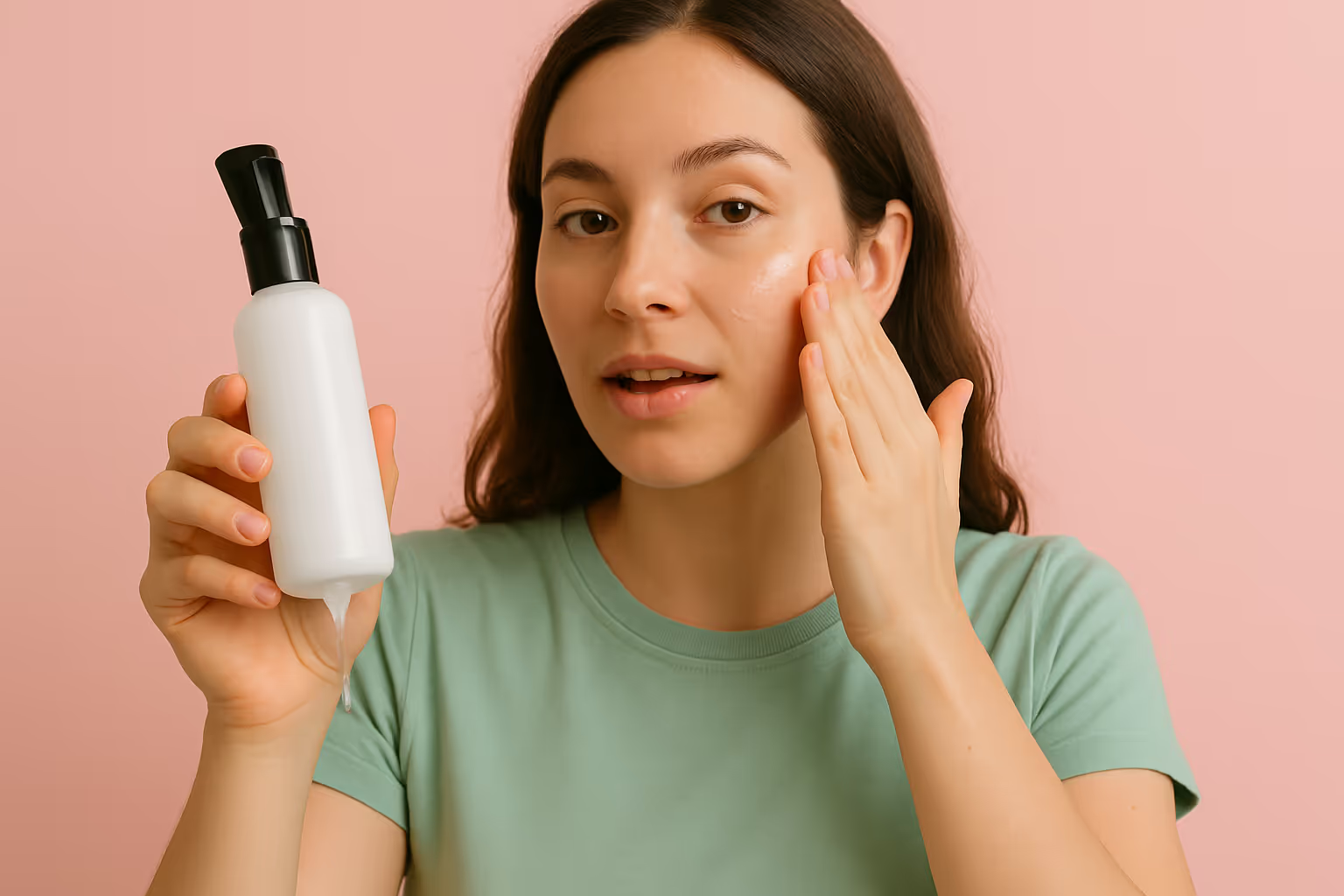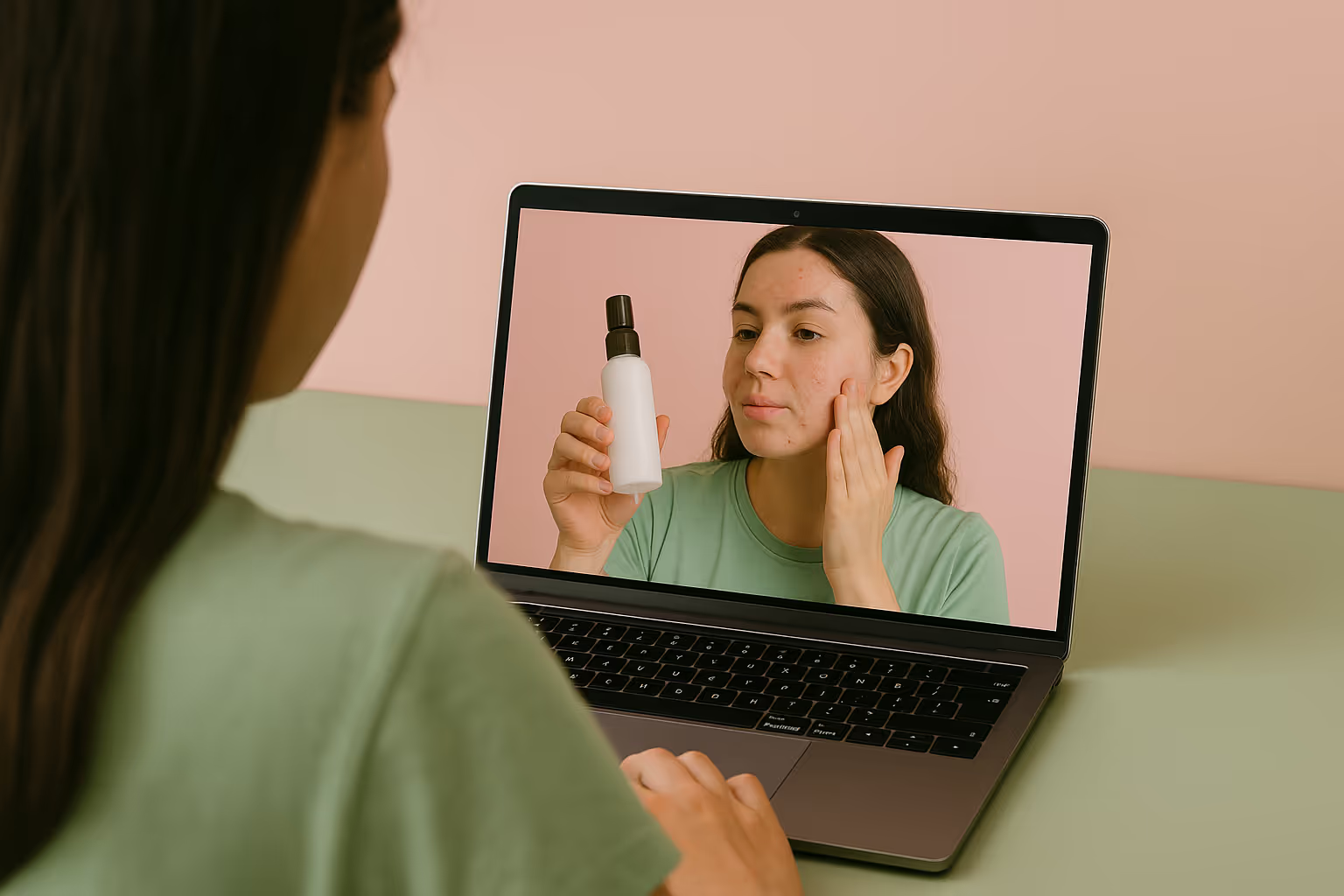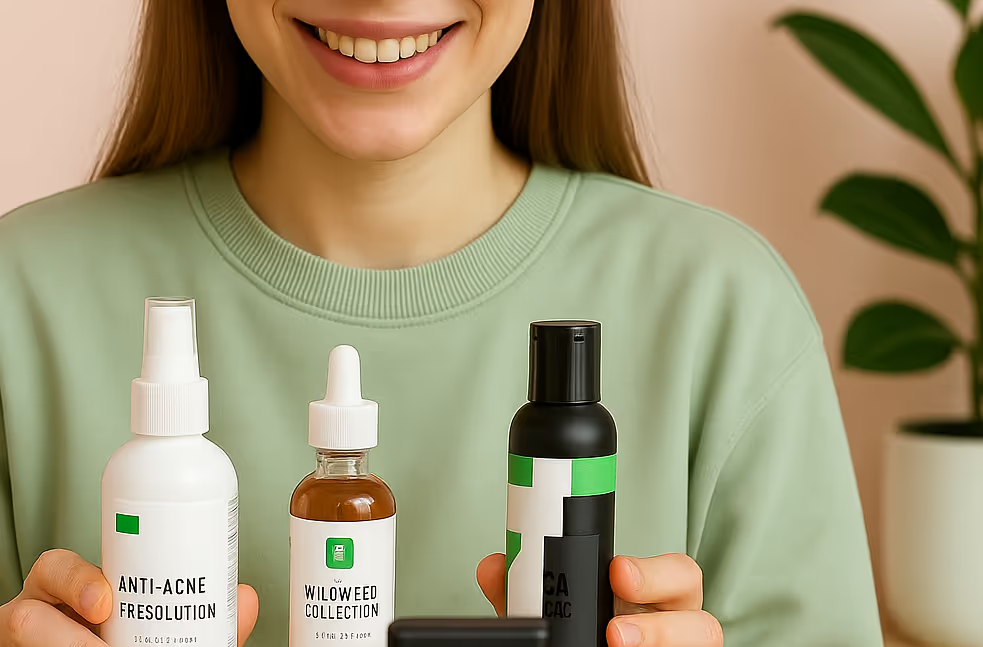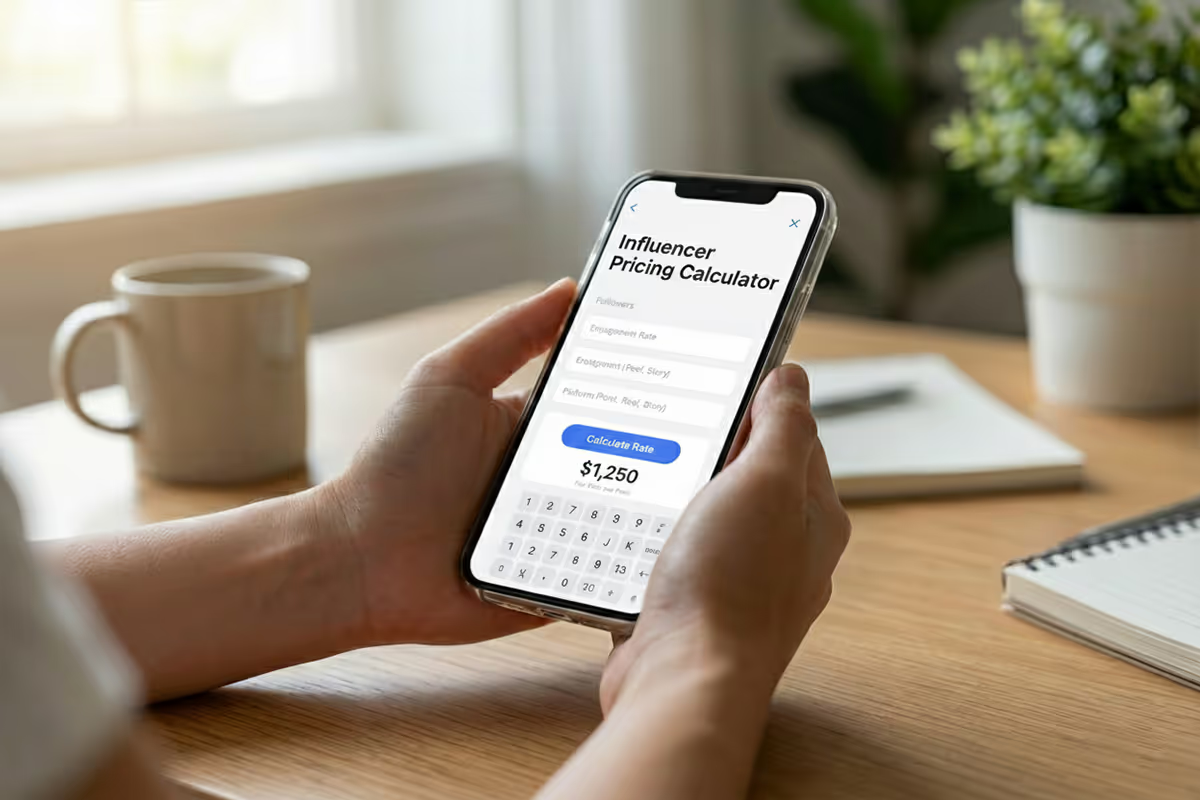What Are the Best Retention Strategies for Skincare Brands? 7 Top Strategies

In skincare, getting customers is just the start; keeping them is key. Customer acquisition costs have risen by over 60% in the past five years.
Strong retention strategies not only cut costs and drive sustainable growth, but they also turn buyers into loyal advocates for your brand.
This guide explores what are the best retention strategies for skincare brands. You'll learn how to deepen customer loyalty, boost lifetime value, and stand out in a crowded market. These methods are essential for building long-term success.
7 Proven Retention Strategies for Skincare Brands
A flexible subscription isn’t a bonus; it’s the key to loyalty. Here’s what pushes customers away (and how smart brands pull them back in).
Keeping customers coming back is just as important as winning them in the first place. Here are 7 proven retention strategies tailored specifically for skincare brands.
1. Implement Subscription Models with Flexibility
Subscription models create predictable revenue while solving a genuine customer need: never running out of essential skincare products. However, the key to subscription success is flexibility.
Best practices include:
- Offering adjustable delivery frequencies (30, 45, 60, 90 days)
- Making skipping or pausing shipments simple and penalty-free
- Providing subscription-exclusive discounts (10-15% is standard)
- Creating subscription-only product variations or sizes
Brands like Curology have mastered this approach by combining personalized skincare formulations with flexible delivery schedules, creating both convenience and value that keep customers engaged month after month.
Pro tip: Consider implementing a "smart replenishment" system that uses purchase history data to recommend optimal reorder timing for each customer's specific products.
This personalized approach demonstrates attentiveness while reducing the risk of customers canceling because they've accumulated too much product.
2. Create Personalized Skincare Journeys
Personalization has moved far beyond simply adding a customer's name to email subject lines. Today's most successful skincare brands create truly individualized experiences:
- Develop interactive skin assessments that recommend specific product regimens
- Use purchase history to create personalized refill reminders and routine suggestions
- Implement AI-powered technology to track skin progress and adjust recommendations
- Send targeted content based on specific skin concerns (acne, aging, sensitivity)
Personalization works because skincare is inherently personal. By acknowledging each customer's unique concerns, you demonstrate genuine understanding and care.
This approach is particularly effective for targeting specific skincare audiences and building lasting connections.
3. Build Community Through Education and Engagement
Community building is a powerful retention tool that transforms transactional relationships into emotional connections. Skincare products can foster community through:
Educational Content
- Develop comprehensive skincare guides explaining ingredients and benefits
- Create video tutorials showing proper application techniques
- Host webinars with dermatologists or skincare experts
- Provide seasonal skincare advice (winter hydration, summer protection)
Interactive Engagement
- Establish private Facebook groups for product discussions
- Create branded hashtags to encourage user-generated content
- Feature customer results and testimonials (with permission)
- Host Q&A sessions addressing common skincare concerns
Beauty brands like Glossier have built empire-sized businesses largely through community cultivation, turning customers into passionate advocates who not only remain loyal but actively recruit new customers through their enthusiasm.

4. Implement a Strategic Loyalty Program
Loyalty programs remain one of the most effective retention tools when designed specifically for skincare customers. The most successful programs go beyond simple point systems:
- Reward both purchases and engagement (reviews, social shares, referrals)
- Create tier systems with increasingly valuable benefits
- Offer experiential rewards (virtual consultations, early access to launches)
- Provide samples of complementary products with redemptions
Sephora's Beauty Insider program exemplifies this approach by combining points-based rewards with exclusive events and early access opportunities, creating multiple reasons for customers to remain engaged with the brand ecosystem.
When designing a loyalty program, focus on rewards that enhance the skincare experience rather than simply discounting products, which can devalue your brand over time.
5. Leverage Post-Purchase Nurturing Sequences
The period immediately following a purchase represents a critical window for retention. Smart skincare brands implement sophisticated post-purchase sequences:
- Day 1: Send detailed usage instructions and expectations
- Days 3- 5: Provide tips for maximizing product benefits
- Days 7-10: Request initial feedback and address any concerns
- Day 14-21: Share complementary product recommendations
- Days 25-30: Request reviews and offer loyalty incentives
These sequences help manage expectations, prevent improper usage (which leads to disappointment), and create natural pathways to repeat purchases. They're especially valuable for active ingredients that require consistent use before results appear.
Email remains the primary channel for these sequences, but incorporating SMS, in-app messaging, or even direct mail can significantly increase engagement rates and retention outcomes.
6. Create Product Ecosystems Through Strategic Cross-Selling
The most successful skincare brands understand that retention increases dramatically when customers use multiple products from the same line. Strategic cross-selling isn't about pushing unnecessary products; it's about creating complete skincare solutions.
Effective approaches include:
- Developing clearly defined routines (cleanser → toner → serum → moisturizer)
- Creating complementary products that enhance each other's benefits
- Offering bundled pricing that incentivizes full routine adoption
- Educating on the synergistic effects of using products together
Brands like The Ordinary have mastered this approach by creating affordable entry points that naturally lead customers to explore additional products addressing specific concerns, gradually building complete skincare wardrobes from a single brand.
Private label skincare partners can help brands quickly develop complementary products that work together, creating these ecosystems more efficiently than developing each formula from scratch.
7. Implement Targeted Win-Back Campaigns
Even with the best retention strategies, some customers will inevitably become inactive. Rather than writing these customers off, implement systematic win-back campaigns:
- Segment dormant customers based on previous purchase patterns
- Create tiered incentives based on customer lifetime value
- Highlight new products or improvements since their last purchase
- Consider surprise-and-delight tactics for high-value former customers
The most effective win-back campaigns acknowledge the customer's absence without creating guilt and provide a compelling reason to return. This might include limited-time offers, exclusive access, or information about new formulations addressing concerns that may have caused them to leave.

Leveraging Technology for Enhanced Skincare Retention
Modern retention strategies are increasingly technology-driven, with several innovations showing particular promise for skincare brands:
Advanced Customer Data Platforms
Customer Data Platforms (CDPs) consolidate information from multiple touchpoints to create comprehensive customer profiles. For skincare brands, these platforms enable:
- Tracking product usage patterns and replenishment timing
- Identifying at-risk customers before they churn
- Recognizing opportunities for personalized interventions
- Measuring the effectiveness of retention initiatives
The most sophisticated skincare brands use these insights to create proactive retention strategies that address potential issues before they lead to customer departure.
Augmented Reality and Virtual Try-On
AR technology has evolved from novelty to necessity in the skincare world. Retention applications include:
- Virtual skin analysis to track improvements from product usage
- Before-and-after visualization tools that maintain motivation
- Product exploration interfaces that encourage routine expansion
- Personalized routine builders based on skin analysis results
Brands like Perfect Corp and ModiFace are pioneering these technologies, creating compelling reasons for customers to remain engaged with brand apps and websites between purchases.
Automated Replenishment Systems
Smart replenishment systems remove purchase friction while ensuring customers never run out of essential products:
- IoT-enabled packaging that tracks usage and triggers reorders
- AI-powered algorithms that predict ideal replenishment timing
- Voice-activated reordering through smart home devices
- One-click reordering through dedicated mobile apps
These systems combine convenience with personalization, addressing one of the primary reasons customers switch brands: simply running out of product at a critical moment.
Measuring Skincare Retention Success
Implementing retention strategies without measuring their effectiveness leaves opportunity on the table. The most important metrics for skincare brands to track include:
Core Retention Metrics
- Customer Retention Rate (CRR): The percentage of customers retained over a specific period
- Repeat Purchase Rate: The percentage of customers who make additional purchases.
- Purchase Frequency: How often customers make repeat purchases
- Average Order Value (AOV): The average dollar amount spent per order
- Customer Lifetime Value (CLV): The total revenue expected from a customer during their relationship with your brand
Skincare-Specific Indicators
- Routine Completion Rate: The percentage of customers who purchase complete routines versus single products
- Seasonal Retention: How effectively you retain customers during seasonal skin changes
- Cross-Category Adoption: How successfully customers move between product categories (e.g., from basic cleansers to advanced treatments)
Tracking these metrics allows for continuous optimization of retention strategies, ensuring resources are allocated to the most effective approaches.

Creating a Retention-Focused Skincare Brand
While tactical retention strategies are important, truly exceptional retention comes from building a brand fundamentally designed for customer longevity. This requires:
- Formulating products that deliver visible results, nothing retains customers like products that work
- Setting realistic expectations about timeframes for visible changes
- Prioritizing transparency in ingredients, sourcing, and manufacturing
- Developing genuine two-way communication channels with customers
- Creating consistent brand experiences across all touchpoints
Many skincare brands focus primarily on acquisition marketing while treating retention as an afterthought. The most successful brands do the opposite, recognizing that exceptional marketing should be matched with equally exceptional retention strategies to maximize customer lifetime value.
What the Pros Do Differently: Segment by Skin Cycle Stage
Most skincare brands segment by age, concern, or product type, but advanced brands improve retention by aligning strategies with the skin cycle. Since the skin naturally regenerates every 28–40 days, syncing touchpoints to this rhythm boosts engagement and reorders.
For instance, send check-in emails or tracking tools around day 21 to encourage consistency, just before results show. Around day 30–35, offer gentle upsells or complementary product suggestions.
Timing communications this way helps customers feel supported, leading to stronger loyalty and higher lifetime value.
This approach positions your brand as a true expert and gives you an edge beyond typical retention strategies.
Building Your Skincare Retention Powerhouse
Effective customer retention isn’t about a single tactic; it’s about building a system that supports customers throughout their skincare journey.
In an industry where trust and results matter most, strong retention is the foundation for long-term success.
Ready to boost retention? Start by identifying key dropout points in your customer journey, then apply focused strategies to improve them.
FAQ
Related blogs

Influencer Pricing Calculator: Find Your Fair Rate for Posts, Reels & Stories
.avif)
How To Market Pet Products Through Storytelling: Win Attention, Build Trust, and Boost Sales Naturally
.avif)
How To Market Coffee To Gen Z: The High-Impact Blueprint Every Brand Needs
.avif)

